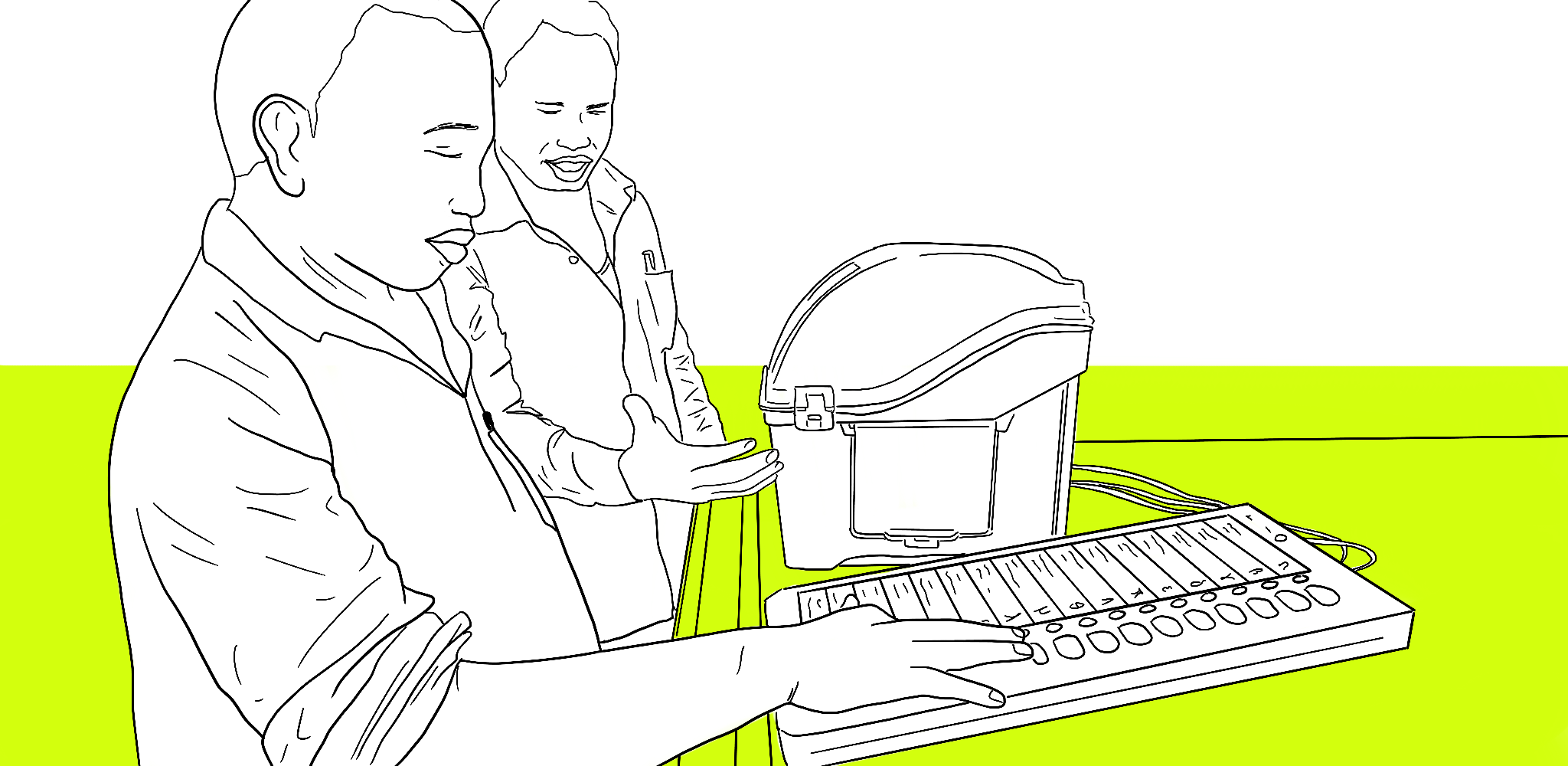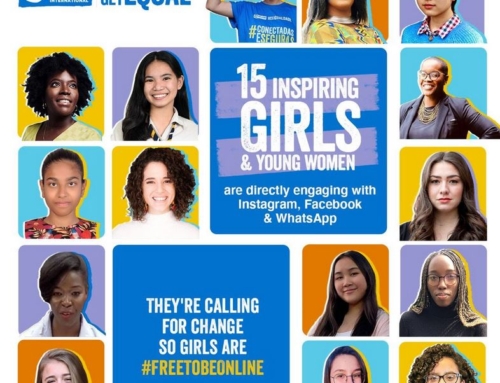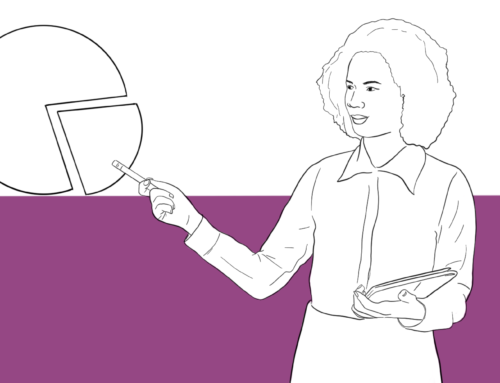The use of technology in business has greatly transformed the sector by opening up diverse opportunities and changing the way things are done. Today, businesses are able to reach their customers in any location with ease and avail them of whatever they need. Technology has helped build the relationship businesses have with their customer allowing customization, reducing costs, increasing quality of products, and a lot more. With technology, businesses are able to continuously learn about their customers which has greatly benefited the businesses and enabled customers as individuals to reap the benefits. However, as citizens, individuals are yet to benefit.
Governments have had a slower response towards technological advancements, for example, some institutions in Uganda are still relying on the old file-based system for keeping records as opposed to having computer-based data management systems. However, citizens and organizations have on the other hand been empowered to create technology that helps amplify their voices and hold governments accountable which is what is commonly referred to as civic tech.
Civic Technology is playing a key role in improving accountability and transparency which all helps improve public service delivery and ensures government expenditure is in check. This is done by breaking down the barrier between the government and the governed. There is no doubt that the governments which tap into the collective expertise and experience of their citizens will often make better decisions.
Citizens are continuously advocating for open access to public information and public data but this is just one piece of the puzzle. For an open government to work, citizens, civil society and businesses have to use this information provided to monitor progress, hold leaders accountable and advocate for change where it is needed. All this is greatly dependent on the public having the skills and tools they need to process this information provided so they can understand as intended. This is where technology can play a big role to increase participation.
We are already seeing examples of what can be achieved and the difference it can make with platforms like SeeClickFix in the US that enables the processing of citizen complaints and reports through to city and state-level authorities, “democracy at the click of a mouse” a platform that has created linkages between South Africa’s first democratically-elected provincial legislators and their national counterparts, “Truth-O-Meter” a Serbian platform that helps the public hold politicians accountable, “Wetaase” a Ugandan web and mobile platform serving high-risk individuals, victims and survivors of human trafficking, “Balancing Act” a public-budget simulation that helps local residents understand how their tax dollars are being spent and many more which are yet to come up. All these systems are the key to having citizens shape rather than just accepting the services their governments offer.

These systems can be in the form of platforms such as:
Citizen Engagement platforms, electronic government, and e-services
Technology can be used to encourage citizen engagement with platforms allowing citizens to call in and ask their leaders questions or allowing them to register for public services, register for voting, register for identification cards, passports, and other services online. Yogera, a citizen’s engagement platform that connects citizens to their government by allowing anyone to anonymously report an issue using their social media platforms.
Technology for service provision has many advantages e.g. promoting efficient and cost-effective delivery of public services, increasing transparency, simplifying access to official information, reducing corruption, simplifying communication, and promotes data sharing across institutions which comes with great benefits.
Online Message Boards
Government and other public institution websites can utilize message boards or discussion forums to collect citizen feedback and exchange ideas with citizens. This can help keep citizens engaged. A popular example of this is “g0v” a civic tech community-based in Taiwan that uses technology to avail citizens with easy access to the vital information they need to shape civil society. G0v has created numerous tools such as the “Government Budget Visualisation” a tool that displays different perspectives of budget data such as the historical trend, cross-department comparison, public opinion, and others. They also created a “Legislator Voting Guide” a tool that gives more information about what legislators did in the past.
The word “fork” is often used in open source communities, meaning that you are creating another version of the working software. In our sense we wanted to create another version of the service that the government should have offered.
–Chia-liang Kao aka CL, about the g0v movement in Taiwan
Voting systems
During the 2016 general elections in Uganda, only 10.33 million the registered voters participated in the presidential elections out of an estimated 36.62 million people living in the country at that time. The proportion of voters was less than 30 percent of the general population which calls for technology-based voting systems such as online voting platforms and phone-based platforms as opposed to the traditional methods that subject citizens to long queues and end up discouraging them from taking part in the activity. This can make the voting process more efficient and convenient by providing secrecy, reducing overall costs, and quickening the process. E-voting can also give room for people with disabilities to participate in the process with ease and in the end, all this increases the voter turnout. However, e-voting also suffers risks such as manipulation, misuse, multiple voters, storage security or backup up, and many more that should be considered when setting up.
Digital Mapping
Technology can be used to create interactive maps that provide information on the status, cost, and location of development projects. This can avail citizens with the accurate and up-to-date information they need for public participation or participatory budgeting to be more specific. Examples of such platforms are Huru Map, a tool that integrates census data on one platform for increased accountability and allows data users easy access to data for storytelling, user.ug, an electronic system for monitoring construction work in Kampala City which provides information such as the name, cost, contractor, location, duration and funder of a city project and empowers citizens to take part in government infrastructure projects through monitoring and reporting on them.
Online reporting platforms and USSD
To increase participation, citizens need a forum for immediately alerting their municipal government about gaps in public services. An example of this is we speak; a tool focusing on tackling waste management by allowing people in different communities to report cases of improper waste disposal and filled up pit latrines so that the authorities and other responsible parties can handle it. Another example of reporting systems is M-Omulimisa; a platform that enables users to report service delivery gaps by sending a message to the shortcode 8228 or visiting http://wougnet.org/ushahidi/ to report on the web.
Social Media and Web Presence
Social media can be a powerful tool for citizen participation by playing an important role in information gathering and dissemination. Government and other public institutions can establish their own social media platforms that act as communication channels and bridge the knowledge gap. These can also act as alternative ways for monitoring and reporting fraudulent practices. In Uganda, Parliament Watch is a platform that monitors and analyses the proceedings of the Parliament of Uganda. It uses social media such as Facebook to hold digital dialogues and engage Members of Parliament on pressing issues.
Online dashboards and reporting platforms
Tools inform of online dashboards and reporting platforms can be created for simplified access and analysis of public finance-related data to promote accountability and easy monitoring. Tools that break down financial budgets using simplified infographics and interactive charts can empower citizens allowing them to take action within their communities.
Evidence and Methods Lab is a civic technology initiative in Uganda that simplifies and shares public information in the form of easy-to-understand infographics that can be easily digested by the public for transparency and accountability.
Citizen involvement in decisions that concern them can derive a number of tangible benefits for both the government and the governed. However for this to work, governments need to use technology to provide easy-to-use platforms that empower citizens and can be used by the general public. Additionally, governments need to publicize these platforms rigorously and provide incentives that attract citizens.
Otherwise putting a PDF on a government website and claiming to be transparent and open is never sufficient.
Written by Arthur Kakande, Communication Lead @Pollicy





Leave A Comment